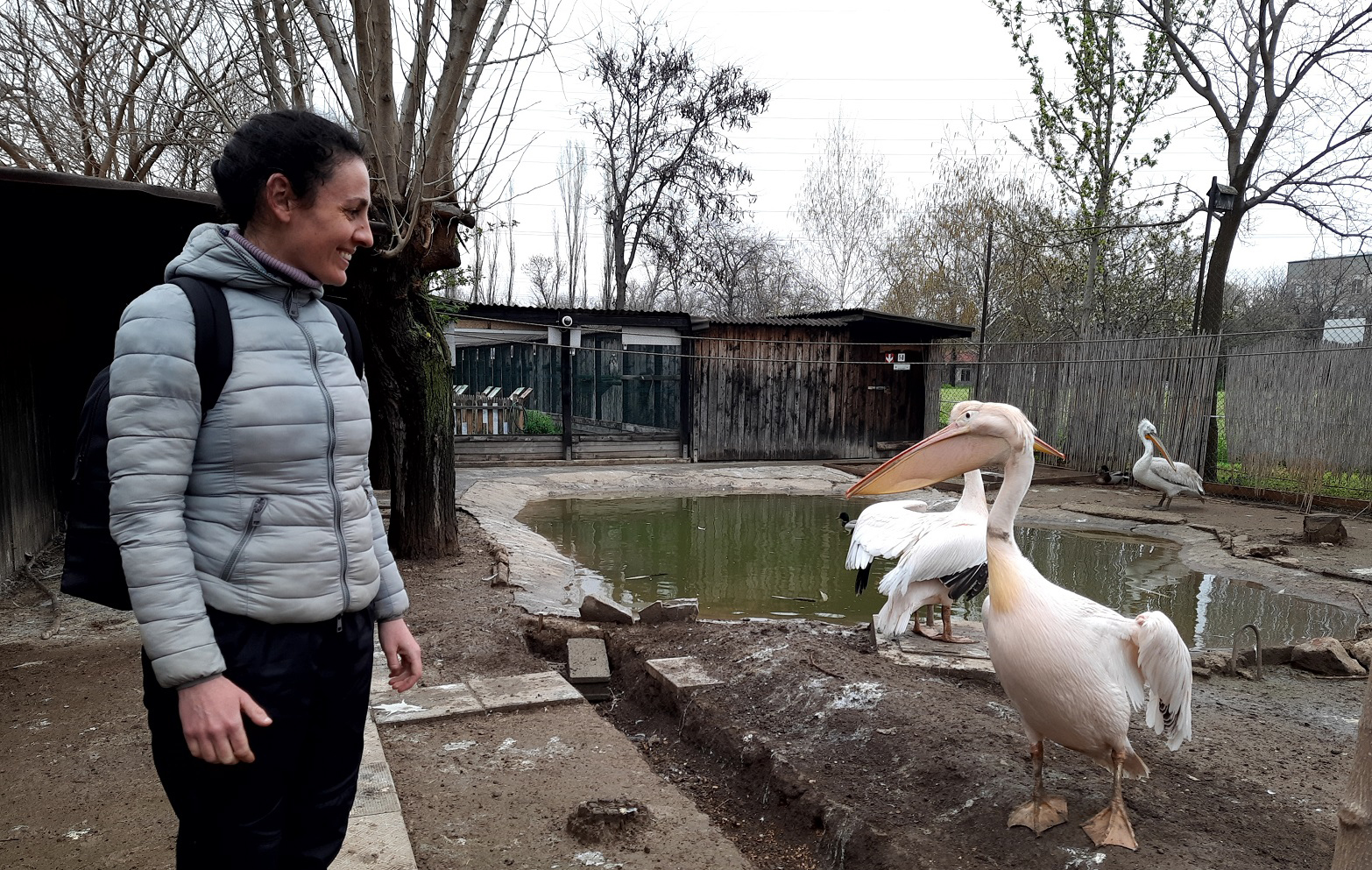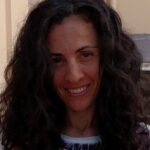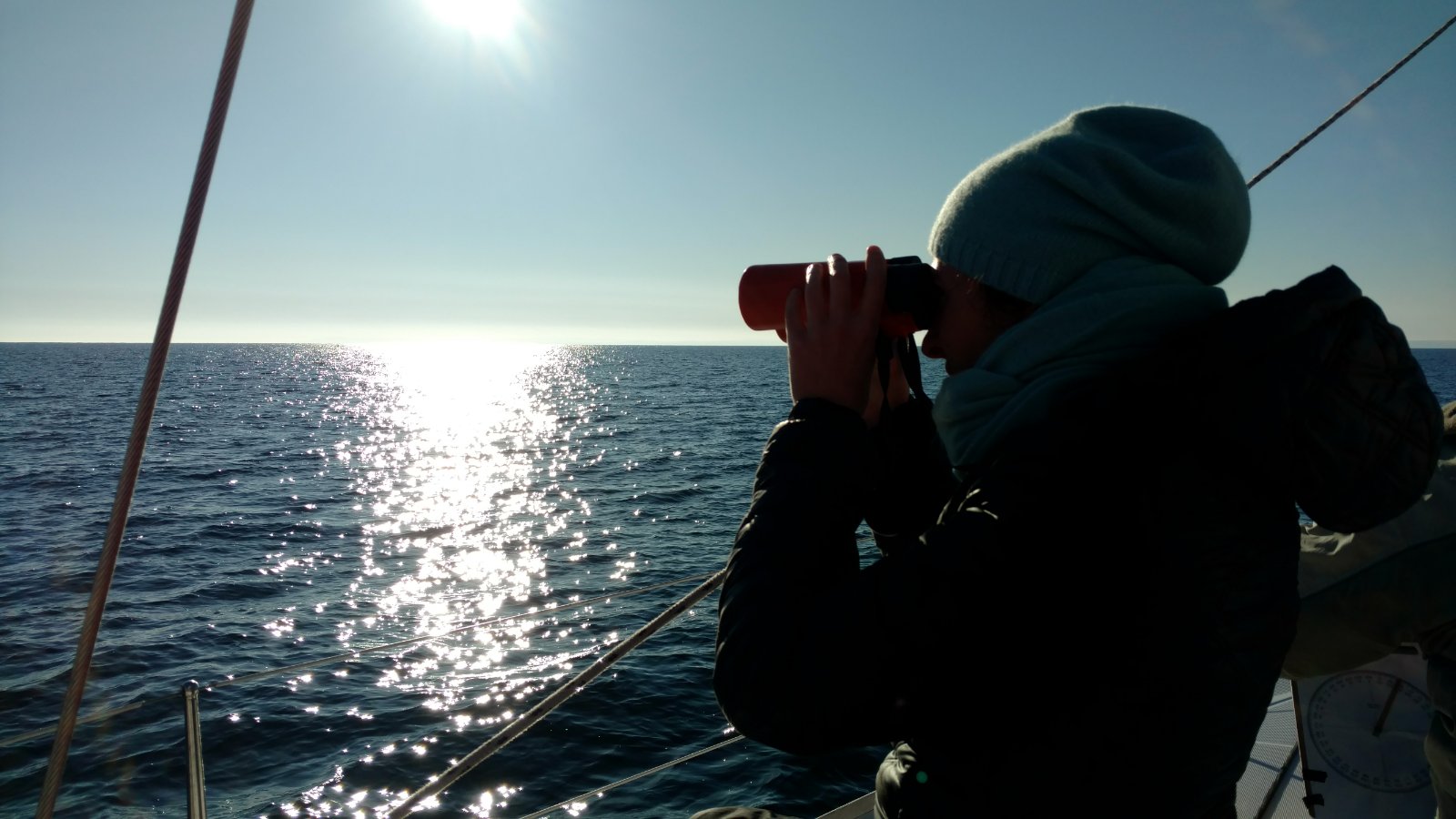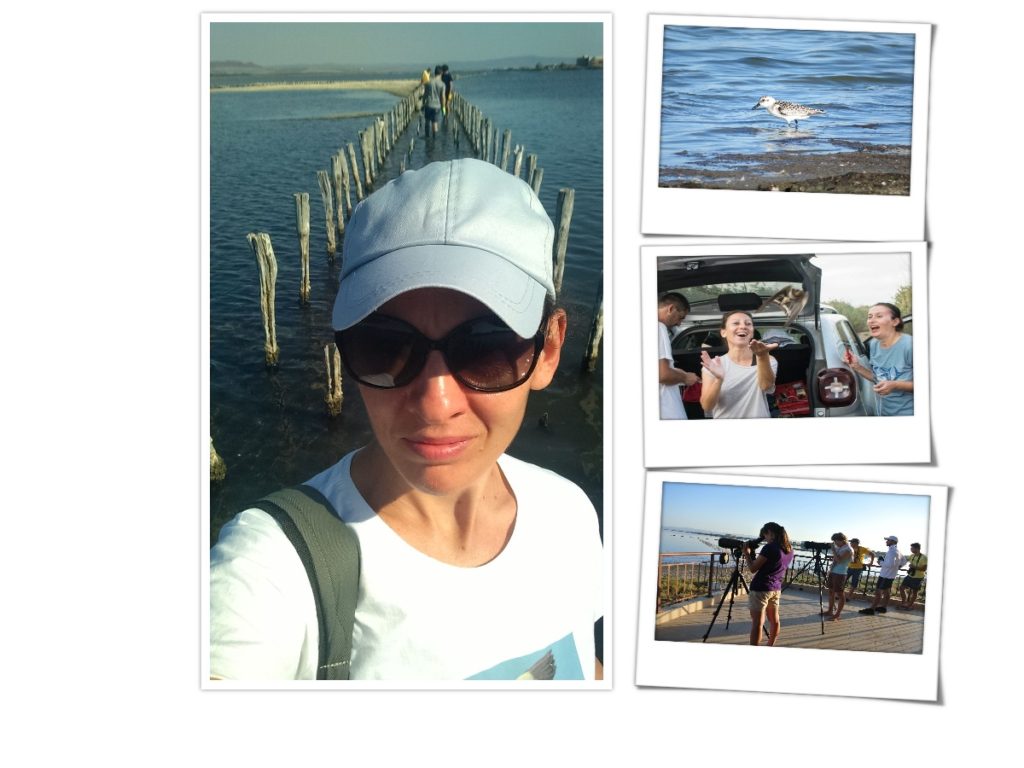Table of Contents
2 A thriving sanctuary for hurt birds
3 Meet the birds: a personal connection
4 Birdwatching and Conservation: A Unique Experience in Bulgaria
Why adopt wild birds?
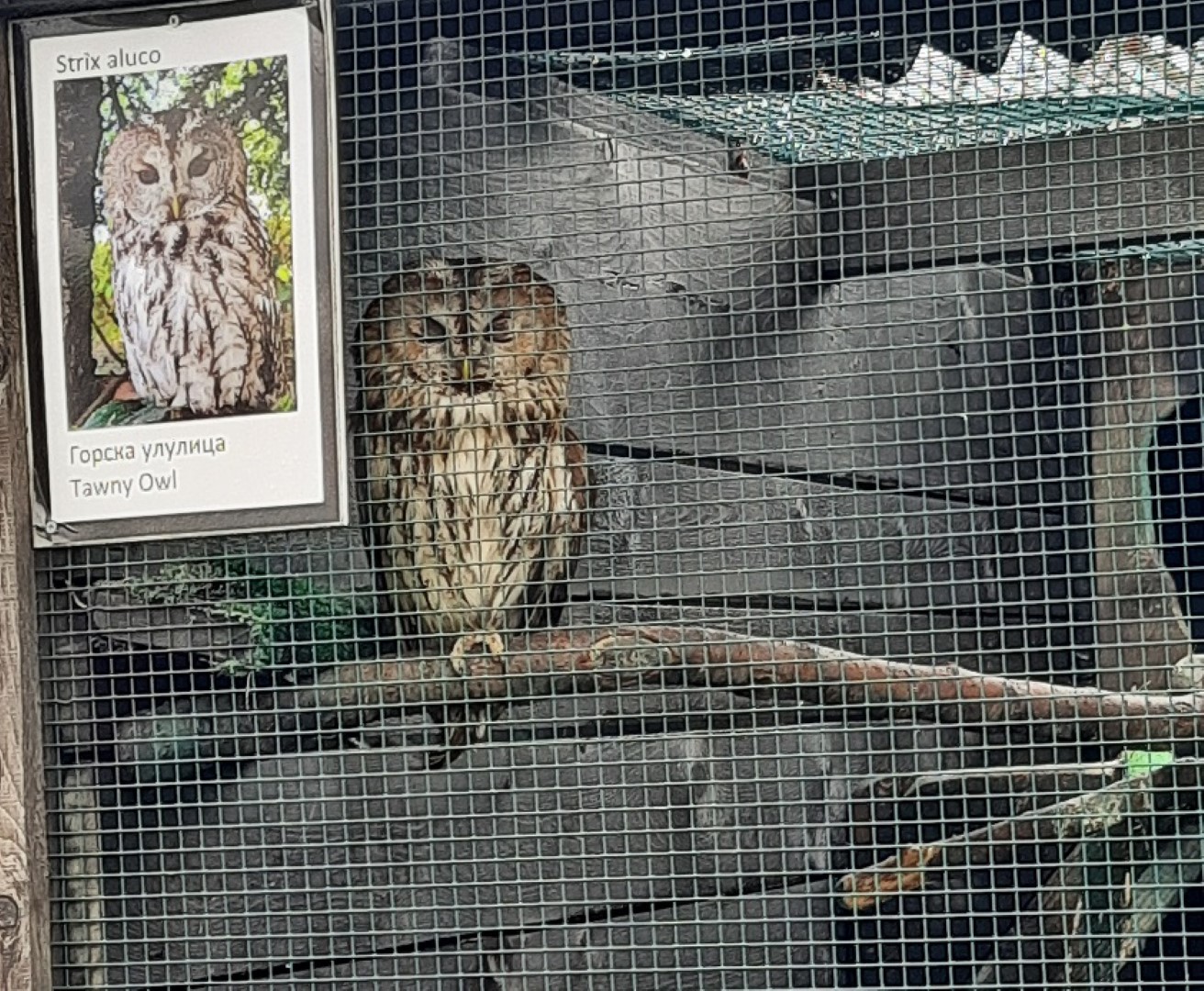
This blog post makes mart of a series of eco-friendly educational Bulgarian projects I explored in the framework of my study based on two-year long ethnographic fieldwork.
Find more details in a free guide about wildlife holidays in Bulgaria at the end of this article!
Adopting wild birds at the Wildlife Rescue Center is more than just an emotional connection with nature—it’s an essential fundraising initiative that supports the rehabilitation of injured birds and promotes conservation efforts for endangered species.
Through this programme, the center raises funds to treat animals and to preserve Bulgaria’s rich biodiversity.
For me, the experience was both deeply moving and educational.
As part of my wildlife advocacy, I chose to adopt a white stork, a grey heron, and two owls—species that I have long admired.
The adoption experience provides much-needed care to the birds and also allows one to contribute to their long-term recovery and protection.
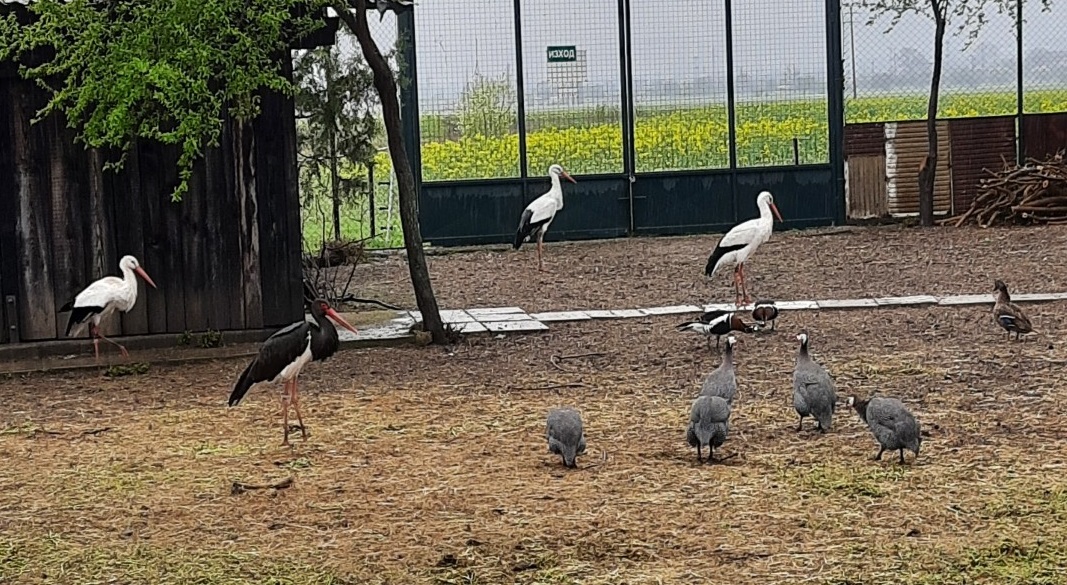
It’s a reminder that supporting wildlife is a mutually beneficial relationship—while the birds receive care, their adopters gain profound insight into the fragility and resilience of nature.
Curiously, the first adopters at the centre were inhabitants of the local orphan's home in the Stara Zagora region. Now, the list of wild birds adopters consists of hundreds of adopters - individuals and organisations.
One's birthday is the most frequent occassion when most people express this type of wildlife support. I wasn't an exception to this rule, and decided to spend my recent birthday with the adopted four birds.
Indeed I see this form of engagement with wild birds as an excellent opportunity to learn about rare species and interact with them.
A thriving sanctuary for hurt birds
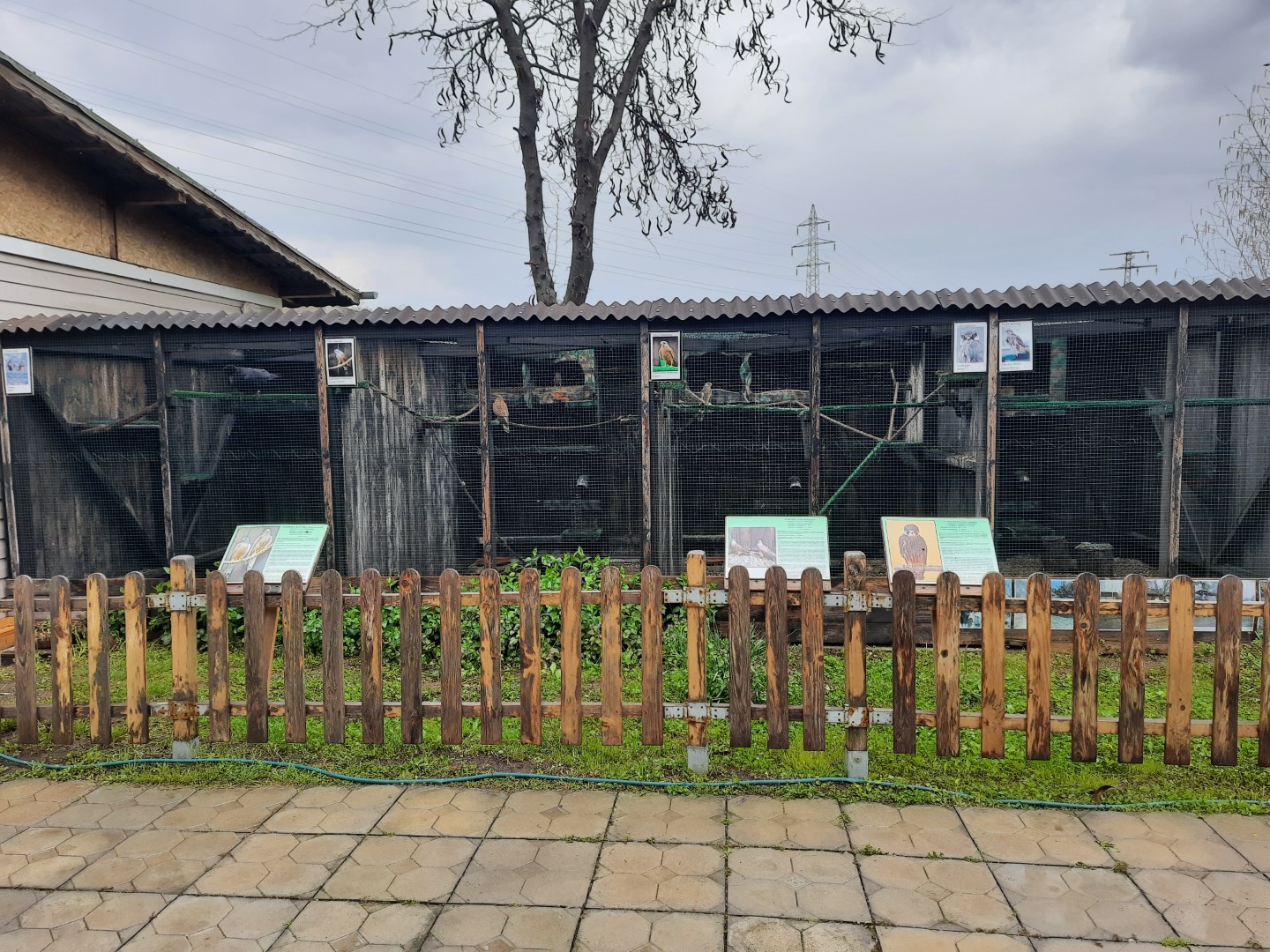
The Wildlife Rescue Center, run by Green Balkans, is home to over 500 wild birds across 35 species.
Many have been injured due to human activities like power line accidents, vehicle collisions, and poaching.
The center’s mission is twofold: to rehabilitate birds and release them back into the wild, and to provide permanent care for those that cannot survive without human intervention.
The center is divided into three main areas: a visiting section, a rehabilitation unit, and a breeding facility.
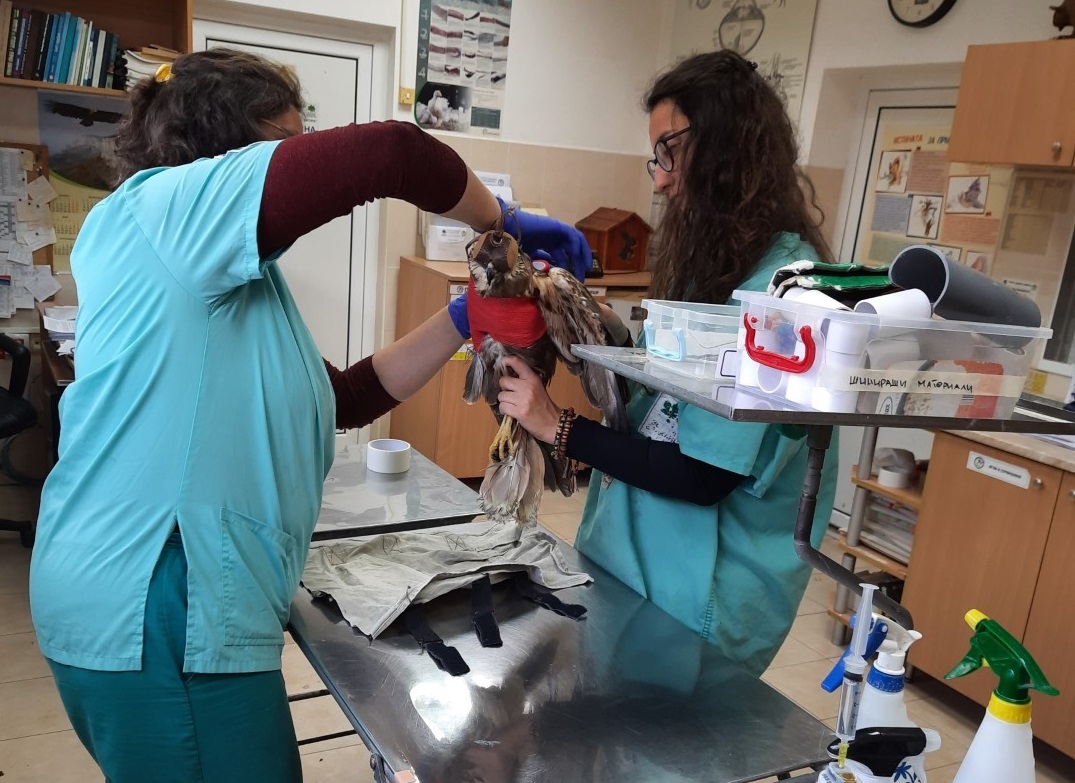
Visitors can learn about the birds’ stories, and many have the opportunity to interact with the residents in a safe, respectful way.
Some birds will stay at the center permanently due to severe injuries, while others will eventually be released back into the wild after their recovery.
Notably, the center has been instrumental in facilitating the transfer of rehabilitated birds to zoos across Europe, ensuring a long-term future for these magnificent creatures.
Meet the birds: a personal connection
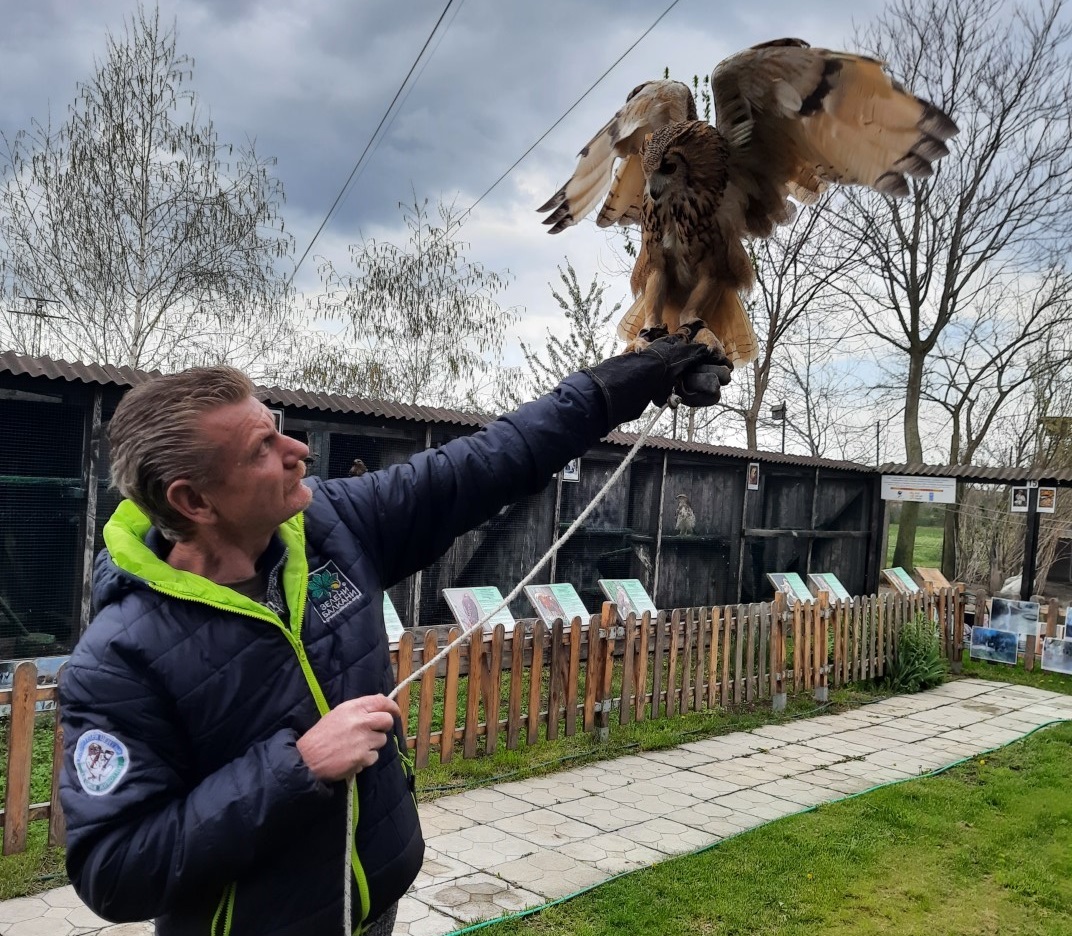
During my visit, I had the privilege of meeting the birds I had adopted and interacting with their carers.
The owls, with their calm demeanor, were a joy to observe.
The stork, on the other hand, proved to be rather feisty, often squabbling with other birds in the enclosure.
The heron, shy and reclusive, preferred to stay in the shadows, evading the public eye.
One of the most remarkable residents is Gruyo, a 15-year-old pink pelican who lost part of his wing due to poaching and has since become a beloved member of the center.
Gruyo is known for his playful and curious nature—greeting visitors with the only left raised wing and expressing his emotions through charming sounds and gestures.

His interactions with volunteers, particularly Stilian Atanasov, are heartwarming examples of the unique bonds that can form between humans and wildlife.
Birdwatching and Conservation: A Unique Experience in Bulgaria
For nature enthusiasts, Bulgaria offers exceptional opportunities for birdwatching, particularly in regions like Burgas.
Birding in Burgas provides a chance to see diverse bird species, many of which call the wetlands and coastal areas of the region home.
I encourage anyone interested in sustainable tourism to explore wildlife holidays in Bulgaria, where you can combine eco-friendly travel experiences with opportunities for conservation volunteering.
My guide, 'The Insights into Conservation Volunteer Bird Watching Holidays in Bulgaria', offers valuable insights into the best ways to enjoy birding, volunteering, and sustainable travel in Bulgaria. Download it below and start planning a new adventure!

